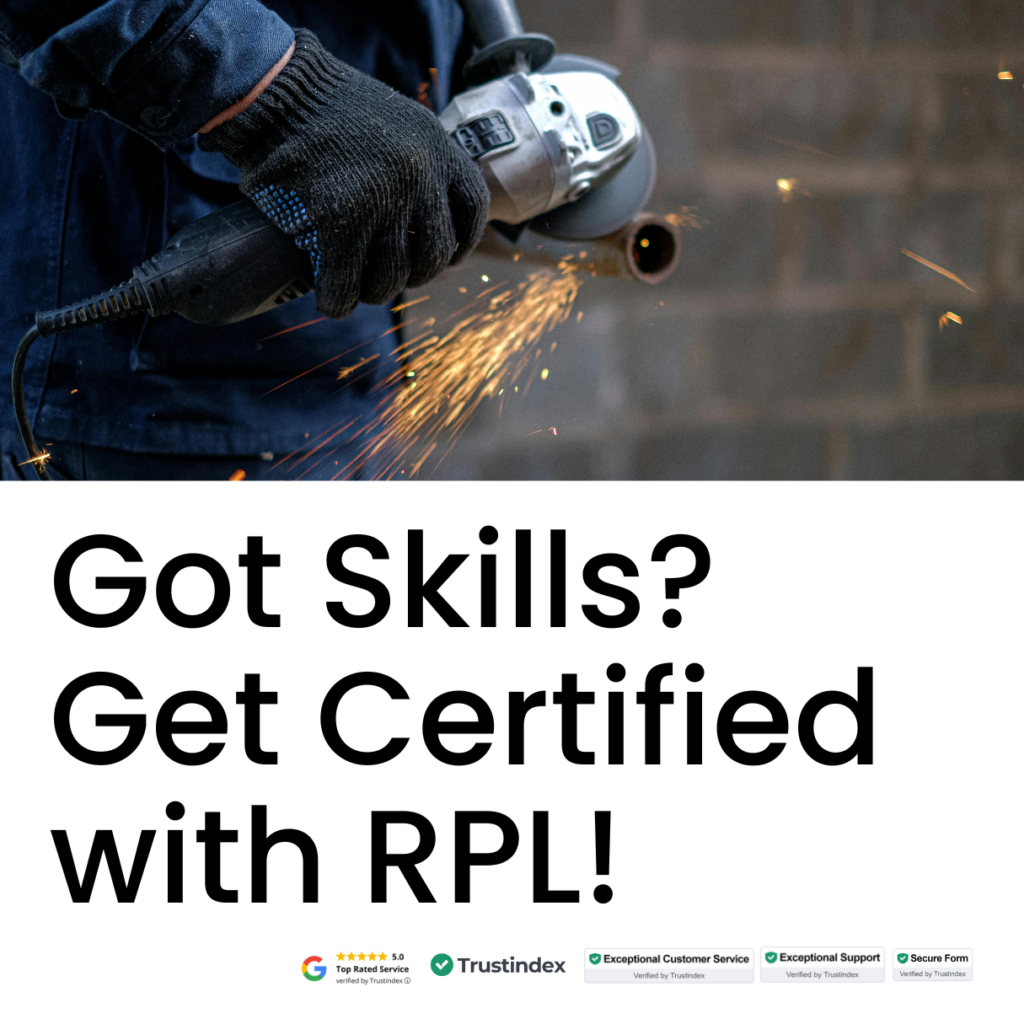Recognition of Prior Learning (RPL) allows you to convert your existing skills and experience into nationally recognised qualifications. But a successful RPL application depends heavily on the quality and organisation of your evidence. Presenting clear, relevant, and well-structured evidence maximises your chances of a positive assessment.
This guide offers practical tips to help you gather, organise, and submit your RPL evidence effectively, so your portfolio speaks volumes about your competencies.
Why Strong Evidence Matters in RPL
RPL assessors need solid proof that your skills meet the qualification standards. Evidence serves as the foundation for this validation. When evidence is well-presented, it’s easier for assessors to quickly understand your expertise and confidently approve your application.
Poorly organised or irrelevant evidence can delay the process, result in requests for more information, or even a rejection. That’s why strategic evidence gathering and presentation are critical.
Step 1: Understand the Types of RPL Evidence
Familiarise yourself with the three main types of RPL evidence:
- Direct Evidence: Proof that directly demonstrates your skills, such as work samples, completed projects, or client feedback.
- Indirect Evidence: Documents that support your experience indirectly, like job descriptions, training certificates, or performance reviews.
- Supplementary Evidence: Additional information that strengthens your case, such as professional memberships, awards, or testimonials.
For a deeper dive into these, see our blog: Mastering RPL Evidence: Types, Rules, and Submission Tips.
Step 2: Use a Qualification-Specific Checklist
Every qualification requires evidence aligned to its specific competencies. Using a qualification-specific checklist ensures you collect all necessary documents and avoid missing key elements.
STUDYIN provides these checklists to help you stay organised and focused on what matters most for your chosen qualification.
Step 3: Collect Comprehensive and Relevant Evidence
Gather a variety of documents that showcase your skills clearly and comprehensively. Some key items to include are:
- Detailed resumes outlining relevant roles and responsibilities
- Work samples or project reports demonstrating your accomplishments
- Reference letters from supervisors or colleagues validating your skills
- Certificates of completed training or courses
- Performance appraisals and reviews
- Job descriptions and organisational charts showing your role in context
Each piece of evidence should connect to the competencies required for your qualification.
Step 4: Organise Your Evidence Effectively
A well-structured portfolio helps assessors navigate your submission easily. Organise your evidence logically:
- Label each document clearly with titles and dates.
- Provide brief explanations or cover sheets describing how each piece of evidence supports specific competencies.
- Group similar documents together (e.g., all training certificates in one section).
- Follow the order specified in your qualification checklist.
A clear, professional presentation demonstrates your attention to detail and respect for the assessor’s time.
Step 5: Submit Your Evidence with Confidence
Before submission:
- Review your portfolio thoroughly to ensure completeness and clarity.
- Ensure all documents are authentic and verifiable.
- Submit your portfolio according to the RTO’s instructions—whether online or by mail.
Remember, a carefully prepared portfolio minimises the need for follow-up requests and speeds up your assessment.
Additional Tips for Maximum Impact
- Be honest and accurate—don’t exaggerate your skills.
- Use measurable results and specific examples to demonstrate your achievements.
- Keep digital copies of everything you submit for your records.
- Stay responsive to assessor communications and provide additional evidence promptly if requested.
Final Thoughts
Gathering and submitting RPL evidence is a crucial step in your journey toward formal recognition. By understanding evidence types, using qualification-specific checklists, and organising your portfolio clearly, you make it easier for assessors to validate your skills confidently.
For detailed guidance on how to prepare for your RPL application, explore our blog: RPL Application: What to Expect and How to Prepare.
Ready to start building your portfolio? Begin with a Free 40-Second RPL Skill Assessment to discover qualifications that match your experience and receive personalised support every step of the way.
All qualifications are awarded by our trusted partner RTOs.









